We may earn money or products from the companies mentioned in this post. This means if you click on the link and purchase the item, I will receive a small commission at no extra cost to you ... you're just helping re-supply our family's travel fund.

Ashtrays in armrests, paper tickets in a money belt, and walk in hotel gambles felt normal in the 80s, but today’s tighter safety rules, dynamic pricing, and smarter tech change the game. Keep the romance and skip the risks. Here is what not to copy now so trips run smoother, safer, and far less vulnerable to scams or last minute disruption in the real world of modern travel.
Safety and health
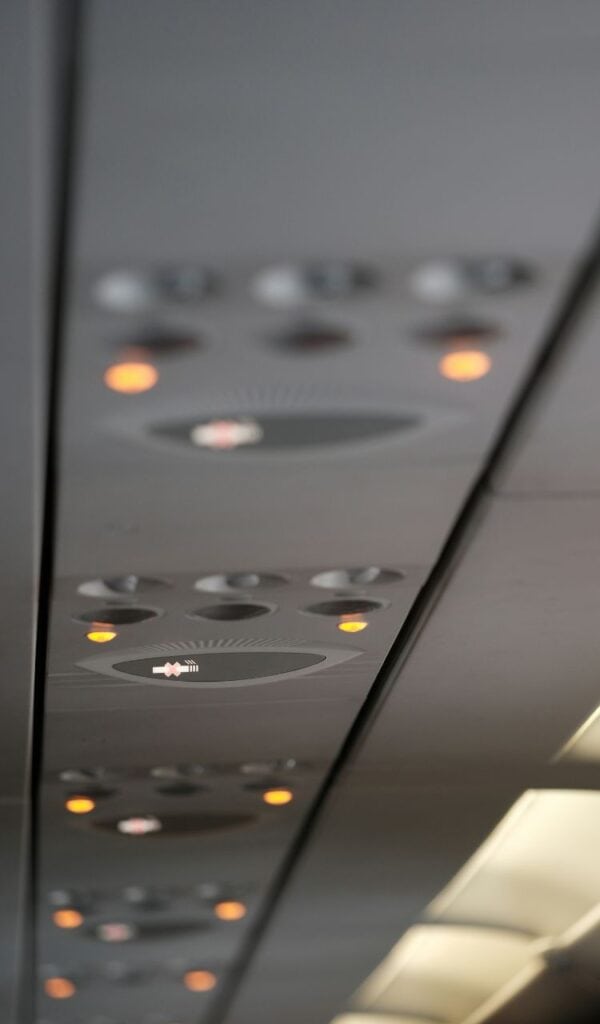
Ashtrays at 35,000 feet were not just a vibe. Recirculated air trapped toxins and secondhand smoke. The US banned smoking on most domestic flights in Feb 1990, with global prohibitions expanding through the 1990s and 2000s to protect passengers and crew. Those no smoking signs are a public health milestone, not décor, and they mark cleaner, safer cabins you should not take for granted today.
Seatbelts everywhere

Paper maps in the glovebox, no belt in the back were common then and risky now. Lap shoulder restraints sharply cut fatal and severe injuries and are widely mandated across regions. The habit to copy is not nostalgia. It is compliance. Buckle up in taxis, shuttles, and rideshares, because crash physics do not care where you sit or how short the journey is.
Don’t wing bookings

Just show up worked when there was slack. Today, dynamic pricing, timed entries, and capacity caps can lock you out or price you out, especially on peak weekends or at marquee attractions. Lock key reservations and carry a same day Plan B. Modern systems reward prepared travelers with access and value instead of nostalgia driven disappointment.
Ditch paper only tickets
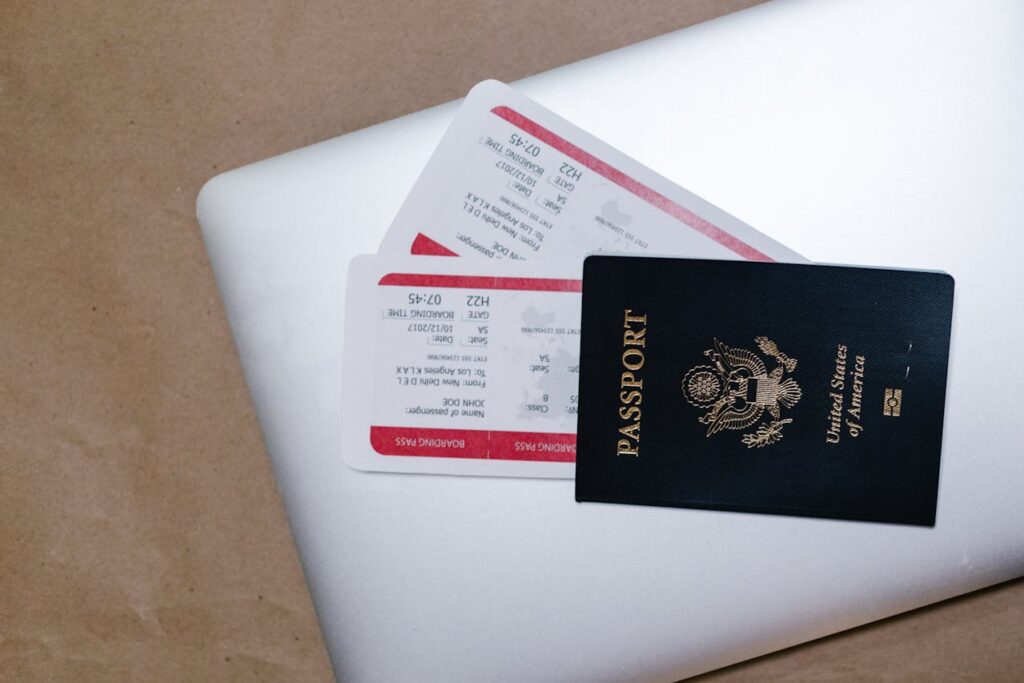
In the 80s, losing a paper ticket could end a trip. Now e tickets, cloud backups, and airline or wallet apps add redundancy and speed for reissues during delays and cancellations. Keep digital copies synced across devices so proof, IDs, and itineraries travel with you even if your bag does not, turning disruptions into solvable logistics.
Upgrade navigation

Map only wayfinding meant wrong turns, closed roads, and risky detours. Modern navigation layers offline maps, live traffic, transit data, and service alerts to save time and reduce exposure. On unfamiliar city grids or rural corridors, real time context turns directions into risk management when conditions shift fast.
Don’t fully “disconnect” in transit

Romantic analog purity collapses when alerts, closures, or medical issues hit. Phones now bundle navigation, translation, rebooking, e medical info, and safety check ins you need in motion. Unplug for serenity at the destination, but keep lifelines live during transfers and long hauls when minutes and information matter most.
Rethink money tools
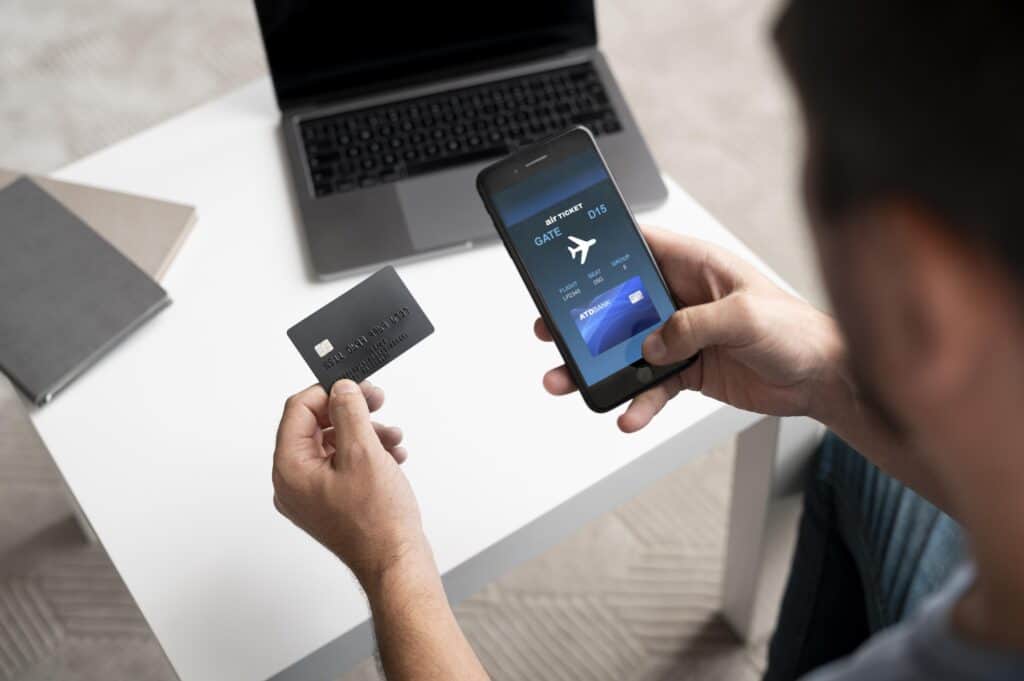
Traveler’s checks and wads of cash once felt secure, but acceptance has shrunk and loss or theft risk remains. Chip and PIN cards, virtual numbers, and tokenized wallets offer wider acceptance plus instant freezes and fraud monitoring. You get safer liquidity without the analog friction of yesterday.
Avoid unvetted listings

Bulletin boards and classifieds were pre internet hacks with no reliable reviews or payment protection. Today’s platforms add identity checks, ratings, secure escrow, and dispute paths. That structure is more than convenience. It is due diligence that materially reduces scam and safety risk on arrival.
Skip hitchhiking
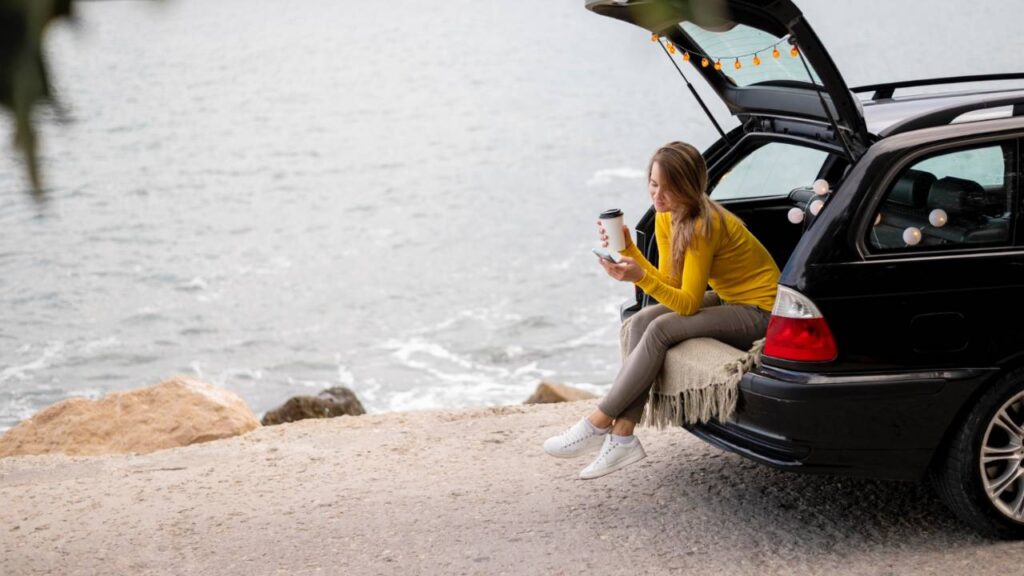
Budget friendly, sure. Auditable, no. Hitchhiking or taking stranger rides carries asymmetric risks you cannot evaluate in real time. Licensed taxis, public transit, and vetted rideshares add traceability, ratings, and support channels that turn a black box ride into a documented, recoverable trip if anything goes wrong.
Modernize bookings mix

Sole reliance on in person agents limited flexibility. Live online inventory enables instant changes, transparent pricing, and broader options when disruptions hit, while specialists still shine on complex itineraries. Blend expert planning with real time tools for agility without losing deep knowledge.
Dress low profile in transit
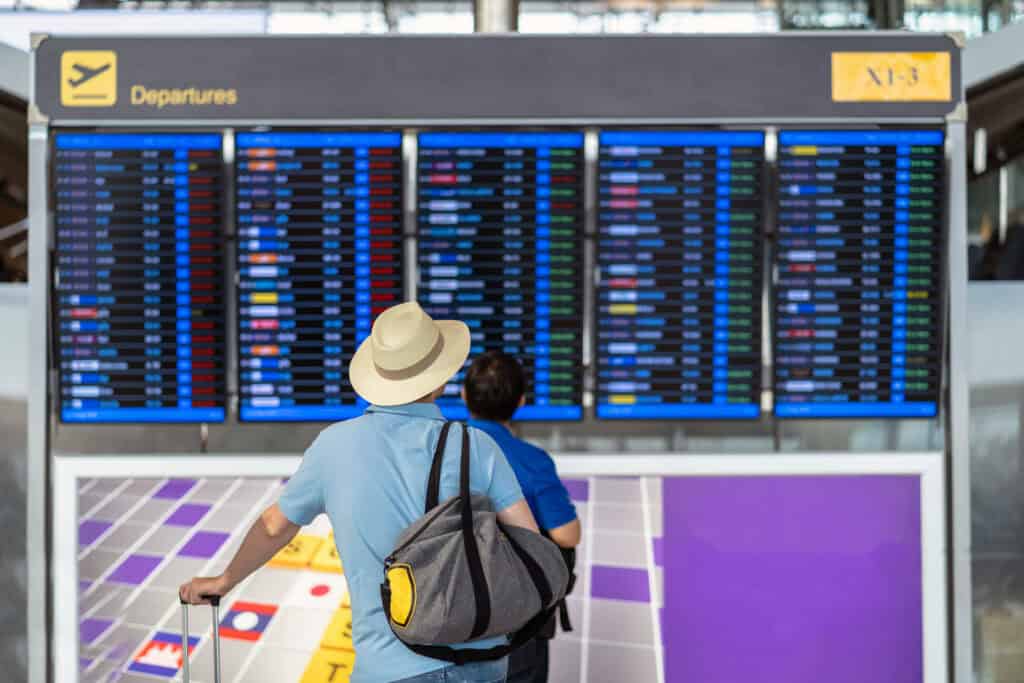
Big logos and jangly accessories were 80s status tells that today can mark you as a target in crowded hubs. Low profile clothing and minimal jewelry reduce signal and stress without sacrificing comfort. Quiet, functional outfits on travel days keep attention where it belongs, on your surroundings and your route.
Outlast the trend cycle
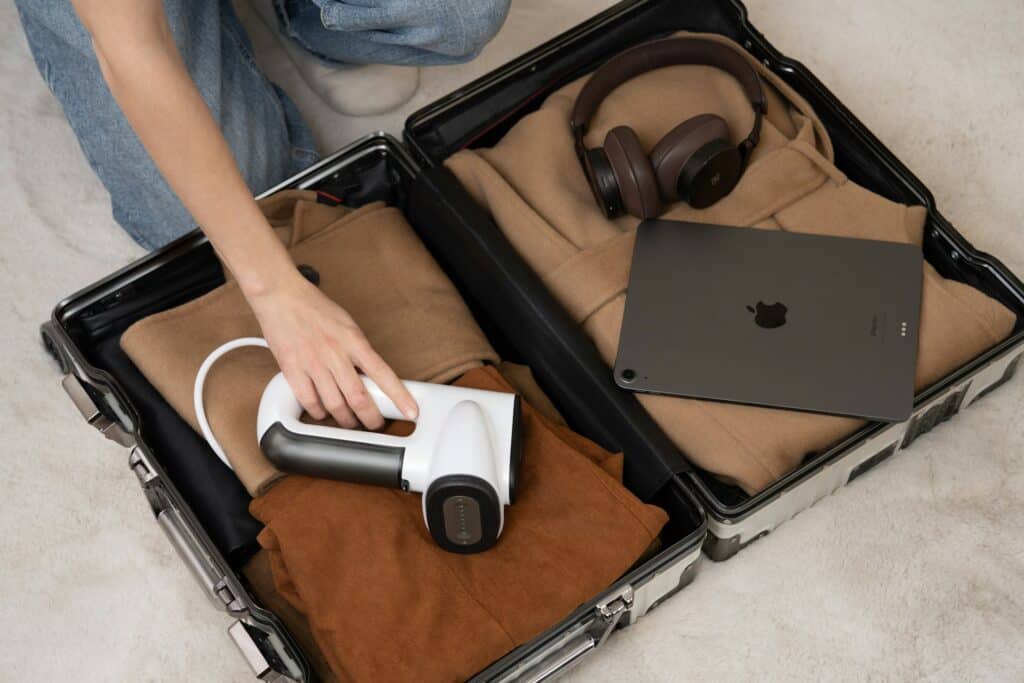
The 80s moved slower. Today’s hyper fast microtrends burn money and create waste. For travel, durable, functional kit with repairability and modular layers wins across regions and seasons. Build a wardrobe that performs long after trend spikes fade so your gear earns its keep trip after trip.